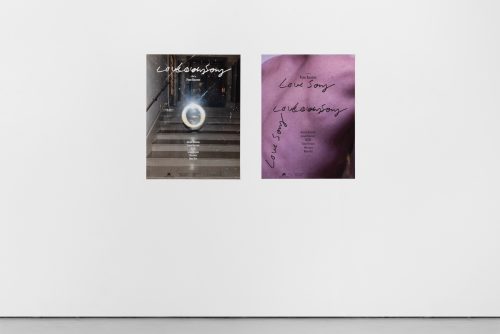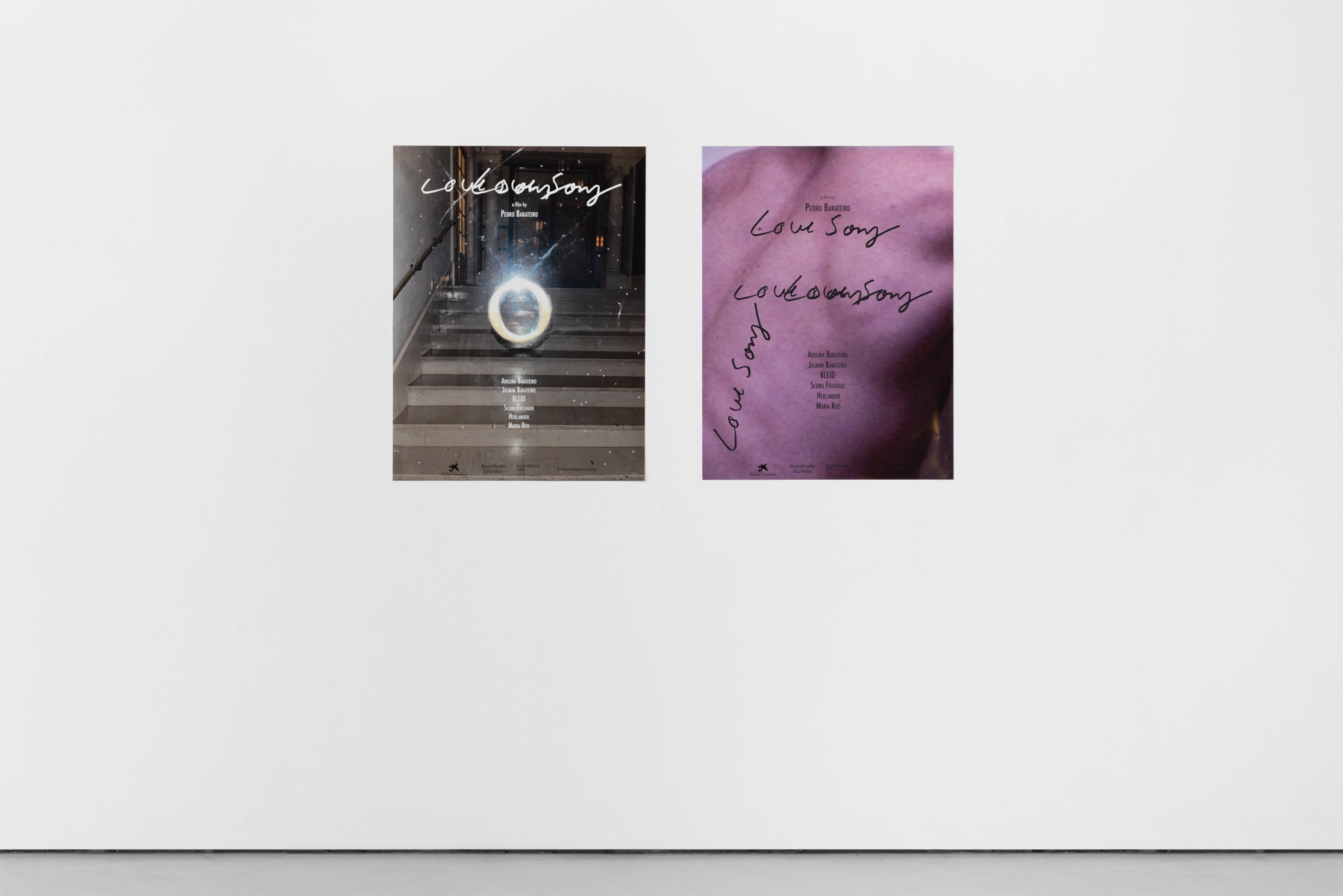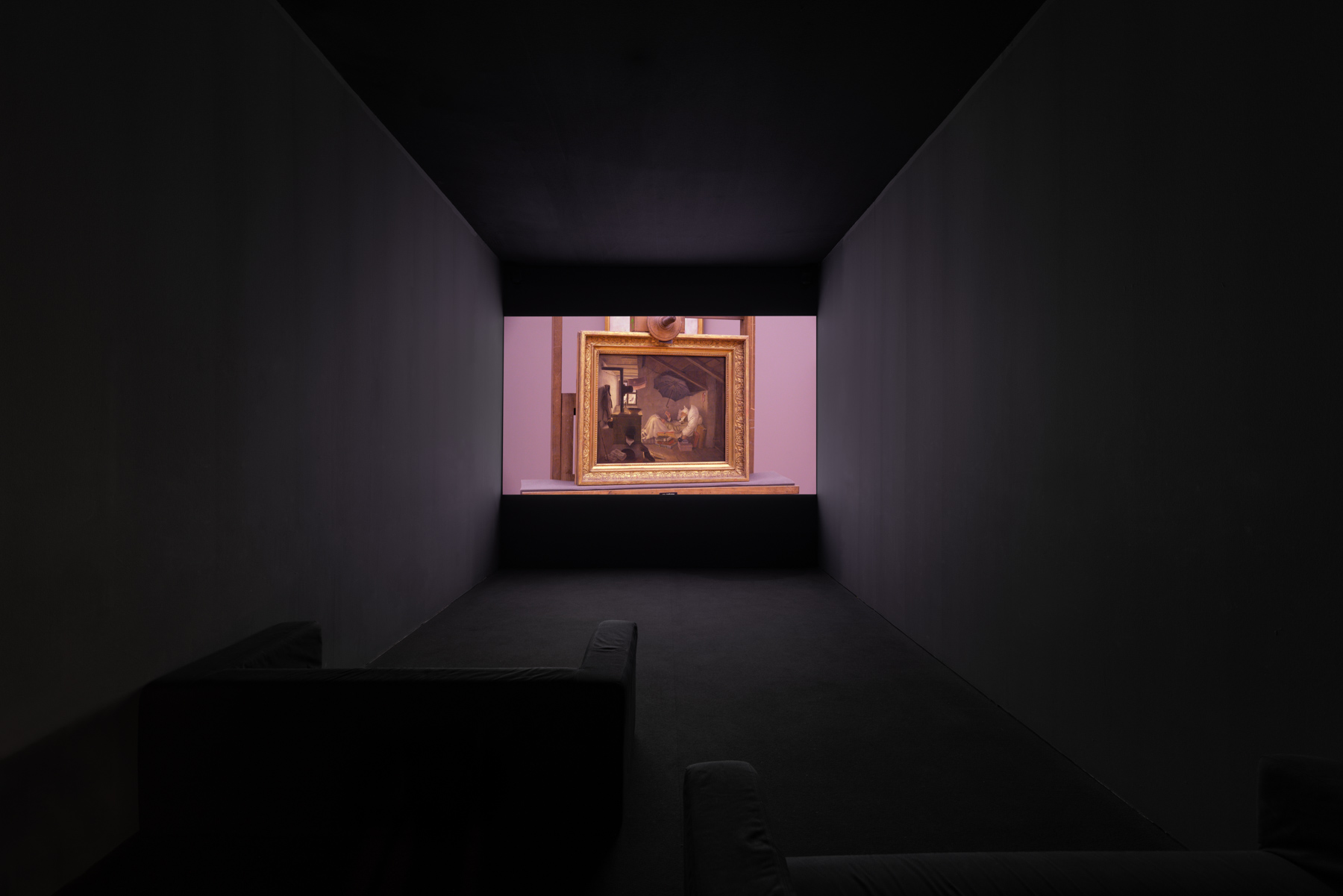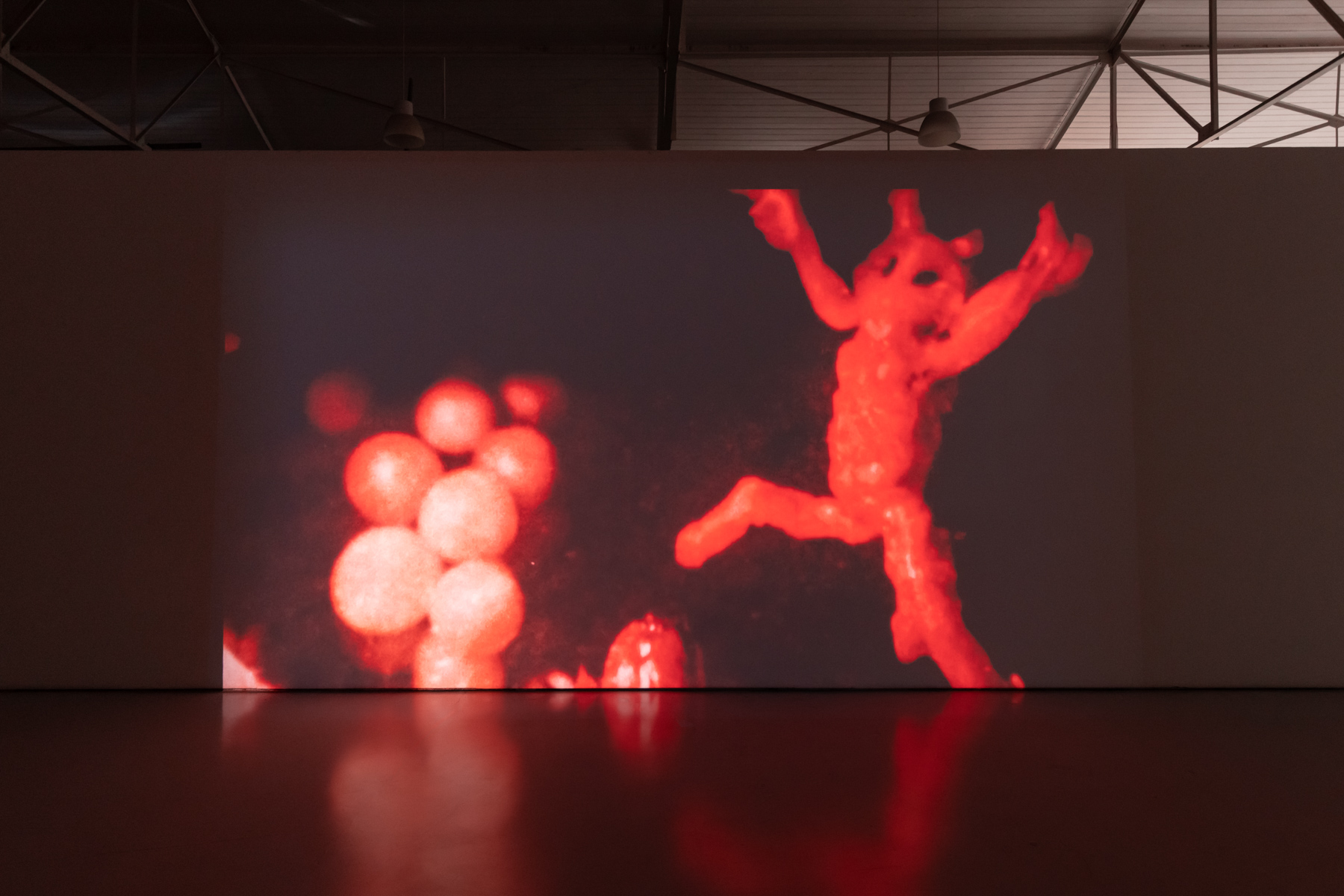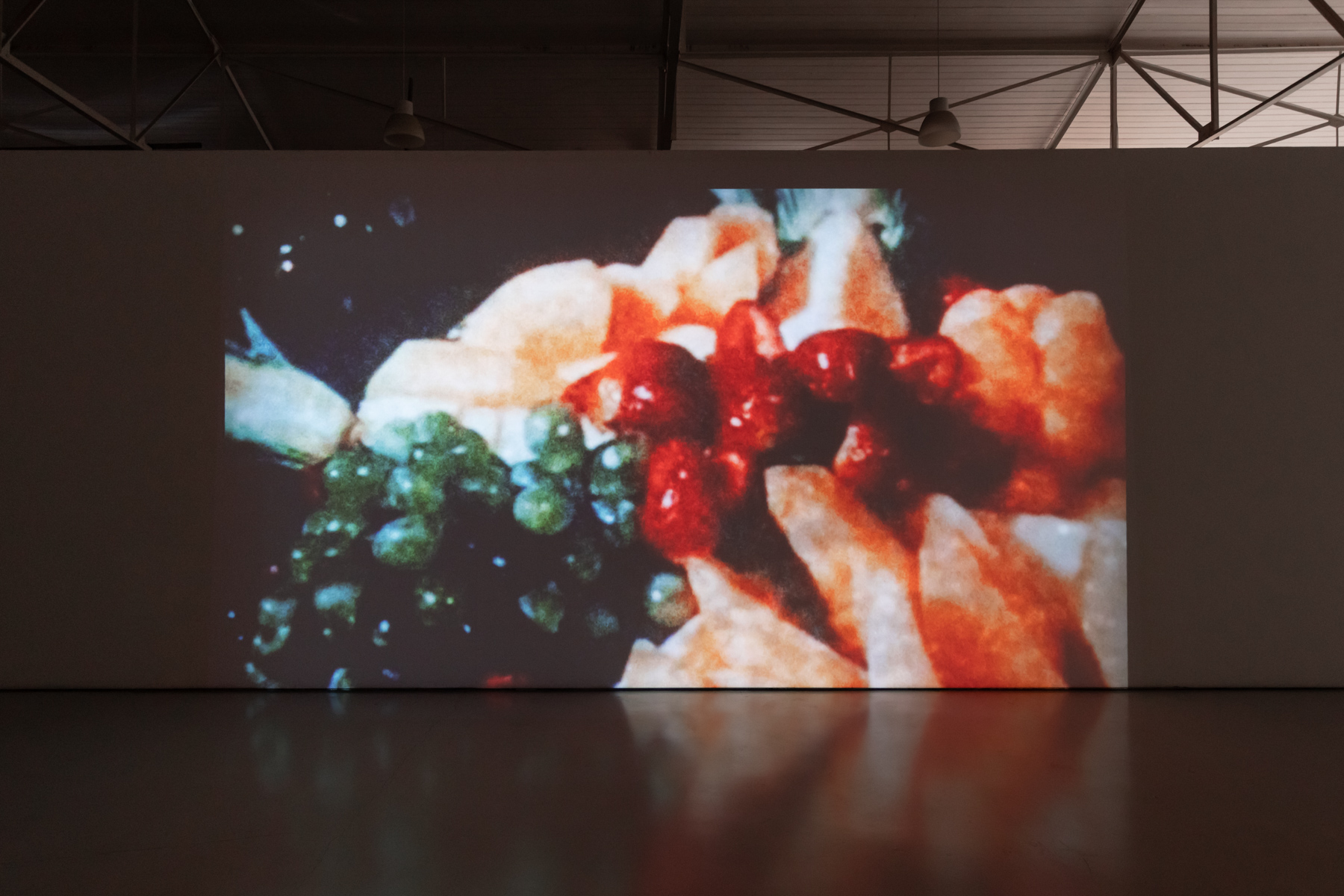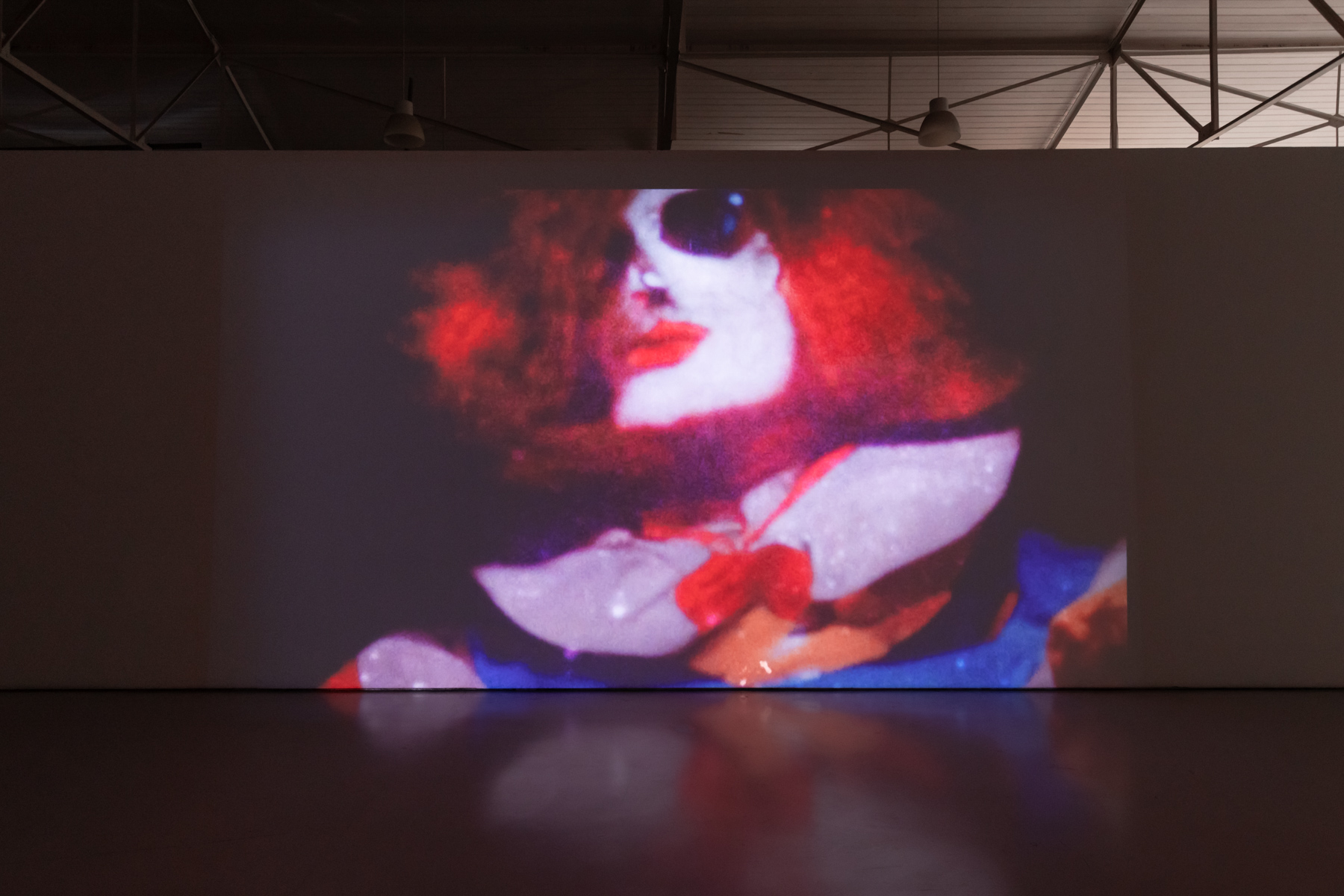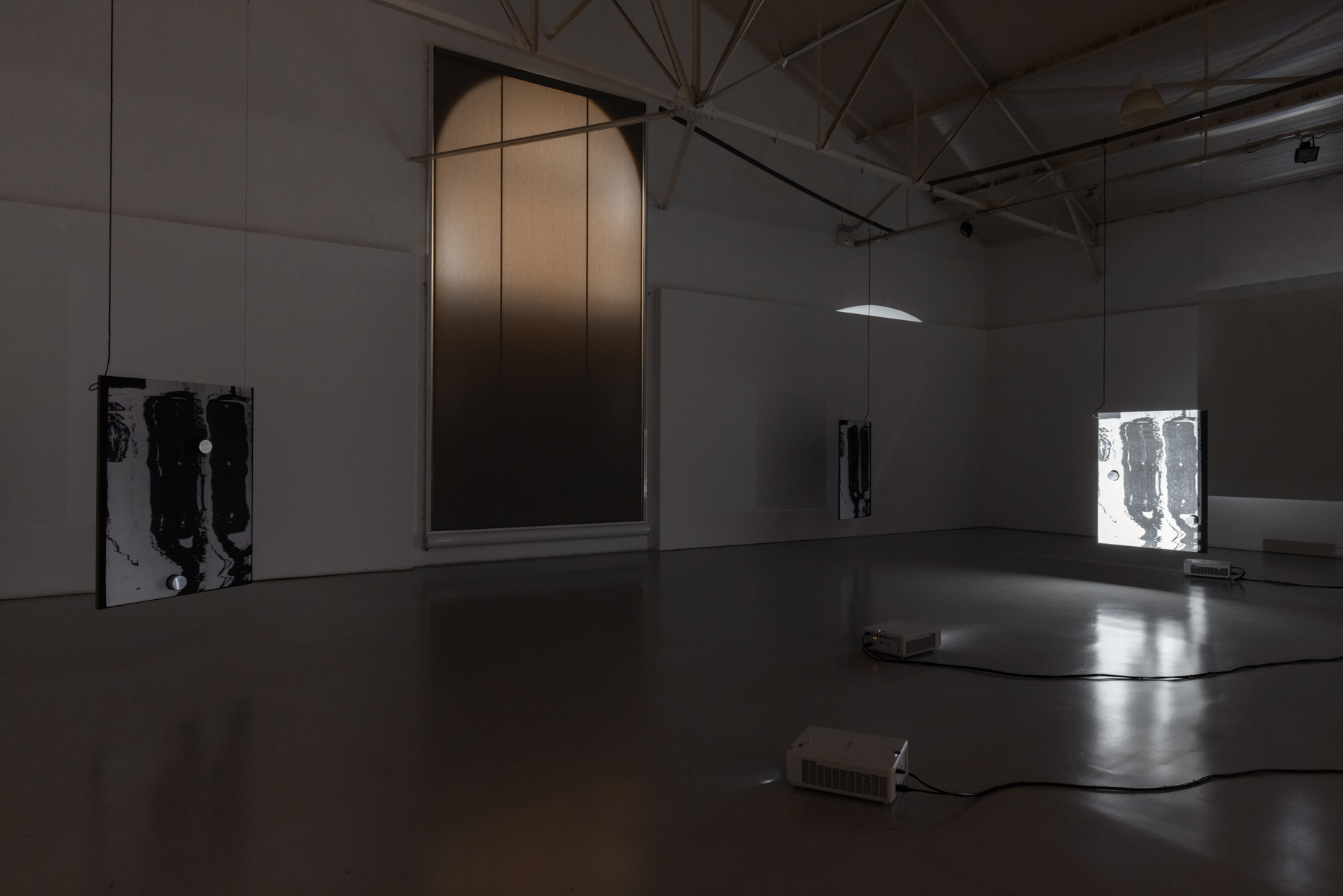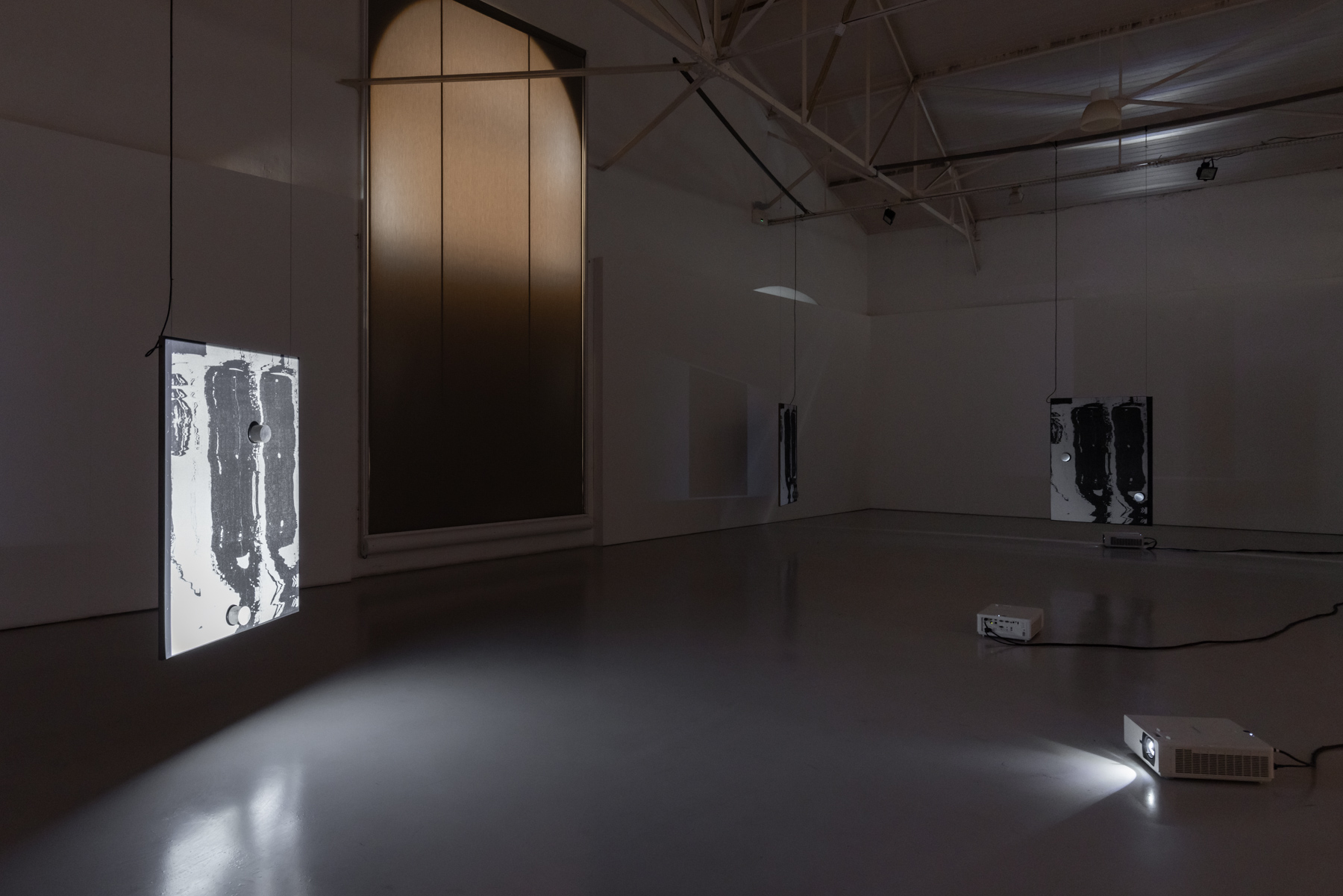– 24.03.2024
The Galerias Municipais are inaugurating the Contemporary Film(e): more-than-human – perspectives on technology and futurity project at the Galeria Avenida da Índia, with artistic direction by Celina Brás.
The first part of the project opens on Friday, January 12, and features films by Alice dos Reis, Andreia Santana and Diogo Evangelista. The second part is scheduled to open on February 17 and will show films by AnaMary Bilbao, Igor Jesus and Pedro Barateiro.
The Contemporânea Film(e) project explores new forms of curation and exhibition, art and theory, film and contemporary art.
“more-than-human — perspectives on technology and futurity presents six films that critically analyse from various perspectives not only the use of technology as a capitalist device and tool but also its impact on human existence. Reflecting on the complex relationship between these two realms, the films explore the interchangeability between the natural and the artificial, the robotic and the organic, and the tensions that arise from these processes.
Over the past two decades, the radical transformation and/or transcendence of the human condition through technology have given rise to profound ethical and philosophical enquiries. From a theoretical standpoint, this involves contemplating the advantages and risks associated with personal identity, emerging forms of otherness, equality and social justice, death and immortality, as well as religion and the meaning of life. From a practical perspective, artificial intelligence and human-machine hybridisation raise ethical concerns pertaining to physical, cognitive, and moral enhancement, as well as issues related to defence and security.
more-than-human — perspectives on technology and futurity is part of the Contemporânea Film(e) project. Throughout 2024, this project will also feature a print edition, a film series, and a public programme, in a collaborative proposal spanning various disciplines and institutions.”
– Celina Brás, artistic direction
Synopsis of the Films:
Love Song, by Pedro Barateiro
40′, 2024
A film on growing up with technology and the bonds between human and non-human
agents, “Love Song” is both autobiography and autofiction. The film deals with subjectivity and the realization of the changes that transform the individual and the collective. “Love Song” departs from my teenage years and an awareness of the body—of the so-called self— as a space where the interior and exterior are confronted, and the layers they engender. The film takes the example of my parents, who dated mostly by correspondence, and the romanticized aspects of their interactions set in late 1960’s fascist Portugal, between immigration (mother) and colonial war (father). “Love Song” rejects any form of identification.
It started as an audio piece, a soundtrack for a film that is still being made and that will grow into something else. It is about the conventions of narrative and how they’ve been manipulated by capital, connecting Romanticism (the movement in the 19th century) and Capitalism (the modern use of the word since the 19th century) and the binary systems fostered by biology and religion, to question forms of production and the changes they generated in Europe and in the West. “Love Song” tries to address the uses and misuses of the word “love”, and how it is appropriated in neoliberal western societies under an imminent collapse of social and natural systems.
Prelude, 2023, by AnaMary Bilbao
16mm transferred to HD, color, 16:9, sound
“La mort” — death — only anticipates what is yet to come. The gesture of the hand-written “La mort” reveals an energy and mobility otherwise absent in the work’s puppet-like figures, if not for the camera’s own movement over the images themselves. The puppets’ uncanny anthropomorphism signals something that resembles, yet does not reproduce, a
human or animal figure. Standing in, however, for their indexes, these symbols evoke a life unlike the one we know. In his canonical work Camera Lucida, Roland Barthes reminds us how cinema, unlike photography, which fastens down figures “like [preserved] butterflies,” enables beings to continue living (56–57). The cinematographic present is alive, carrying its referent without being tied to it. Bilbao’s diabolic lanternflies, or lanternfly devils, dance in stop motion, refusing to be pinned down like a dried, dead butterfly. In their motionless movement, Bilbao’s lanternfly flutters, confronting the humanity of the anthropomorphic yet inert clown-like puppet. AnaMary Bilbao’s oeuvre continuously questions notions of origin and conclusion. “All my processes revolve around the beginning and the end of images,” explains the artist in conversation. (…) Here, for the first time, Bilbao is not in direct touch with the image’s materiality; rather, she engages with virtual representations of artificially engineered images. As the artist explains, “DALL·E never ends; it always offers more and more variations of the same image. The image, then, is never ready; it never finds its conclusion. It is transformed by new information while simultaneously producing new data. The algorithm has no end in sight.”
Ventriloquist, 2024, by Igor Jesus
A parrot captured through a lens distorted by hand-polishing techniques reveals the image guiding the construction of antennas for tuning into amateur radio conversations. Ventríloquo delves into the idea of language asserting dominance over the image, using the parrot’s vocabulary as commands to intercept and interfere with the radio chatter. Simultaneously, it manipulates the beams of light from the projectors, crafting luminous displays that influence the image and empower the parrot to deliver a cinematic experience.
– 24.03.2024

